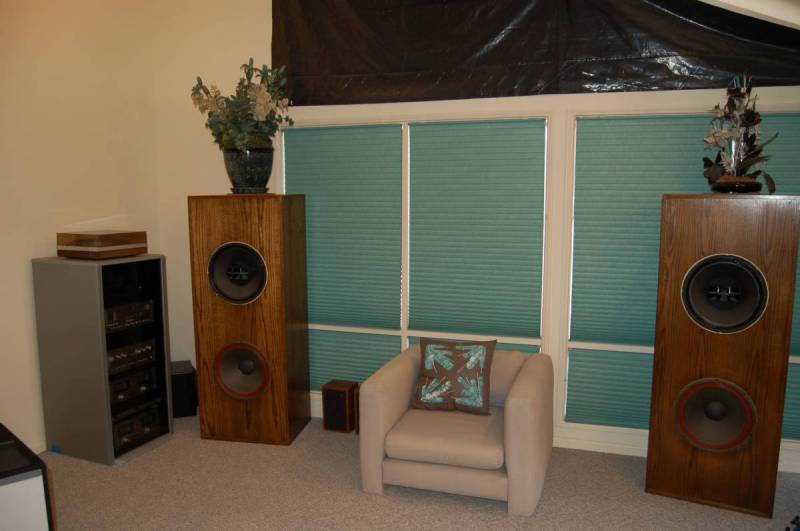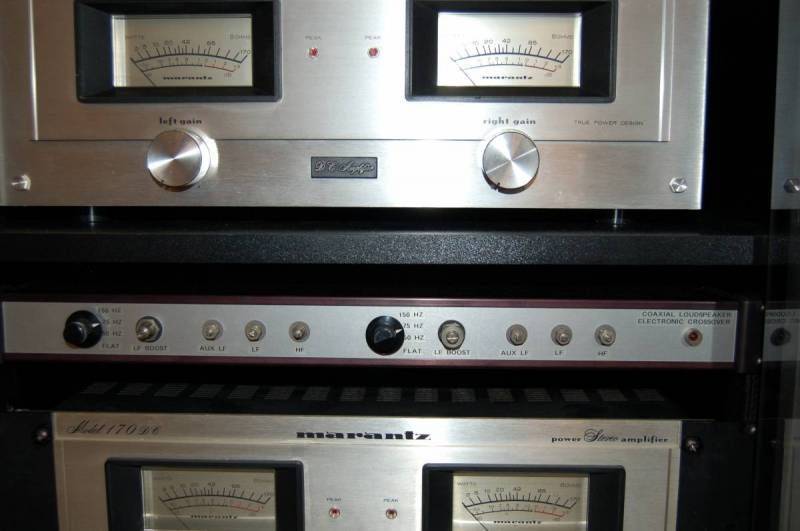@tlcocks --
It depends on the approach you want to pursue: with passive bi-amping I don’t see the obvious benefits to make it worthwhile and would rather invest the money on a single amp.
However, if you want to see how deep the rabbit hole really goes, so to speak, go outboard active - which is bi-, tri- etc.-amping by its very nature and inherent to its design. This is where the real benefits of such an amp configuration will show itself, and contrary to passive bi-amping it’s a dedicated approach that 1) sees the negation of the passive crossover between the amps and drivers for direct connection between a single amp channel and its driver section, and 2) that each amp channel will only be asked to amplify a frequency limited range - as dictated by the digital crossover/DSP or electronic crossover (analogue) and the line signal received here. That means load independency between the different driver sections, much easier amp load and better driver control.
Moreover, if you go outboard active with the subs to boot (that is, no built-in so-so plate amps and DSP), you’ll get to experience the importance the amplifier has in the lowest octaves as well, and it also means you can now use the same topology/brand amp over the subs as the ones used in the remaining frequency range above for even better coherency and overall sound quality. It’s what I do; active tri-amping with the same topology/brand amps top to bottom.
Who said anything about "easier" or "convenience"? It’s the results that matter, right? Fortunately active bi/tri/more amping equates into much more efficient use of an amplifier’s performance and power envelope, meaning you can do with less one way and the other and still get great results - effectively rendering the "infinite budget"-claim moot. Indeed on the contrary; active configuration can save you money eventually, and it’s not like audiophiles are necessarily money shy to begin with.






